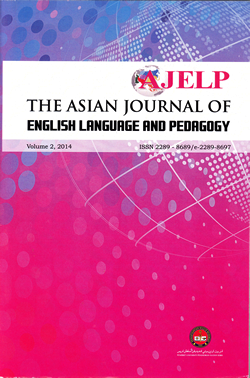Language Identity: Variability in Phonology in Different Races in Malaysia
Keywords:
phonology, language identity, ethnicity, variability modelAbstract
The purpose of this study was to determine the variants of phonology sounds /θ/, /ð/, /ʃ/ and /tʃ/ among different races which are Malays, Chinese, Indians and other races such as Kayan, Melanau and Dusun. In Malaysia, the English language is the second official language and there are varieties on how people of different ethnicity pronounce certain words in their speech.This study was mainly based on the investigation on the pronunciation of words which had those sounds of 32 participants from Sultan Idris Education University. The first language of these participants varied as we have selected eight participants from each category of races. This study was conducted by adapting the variability model developed by William Labov (1970). The findings indicate that the majority of the participants had varieties in the pronunciation of /θ/ and /ð/ sounds. However, for /ʃ/ and /tʃ/ sounds, almost all of the participants managed to pronounce it correctly. The researchers found that each race has its distinctive phonology system. This study implicates that the differences of phonology sounds being studied may have an effect on how these races pronounce words in English.





